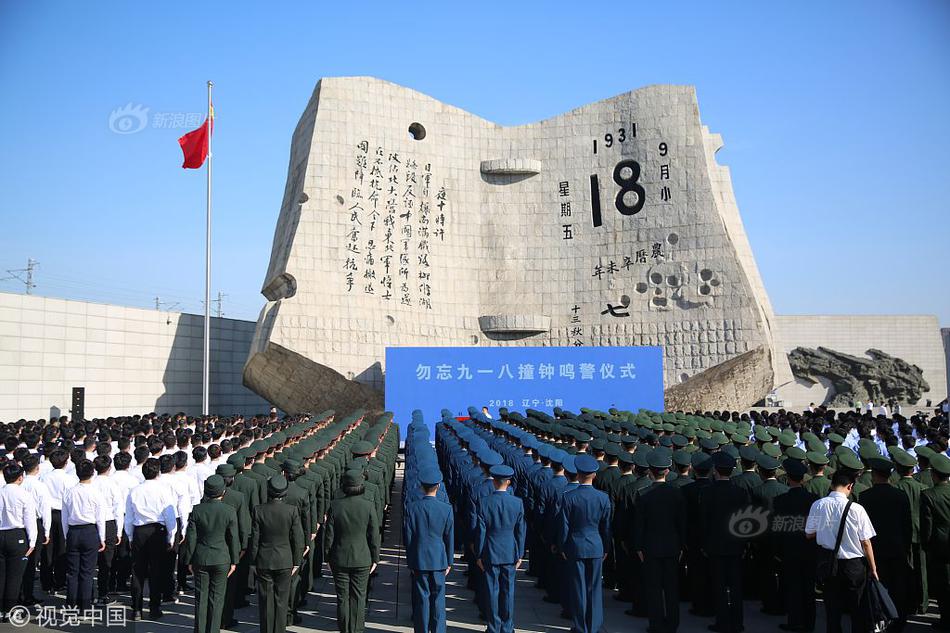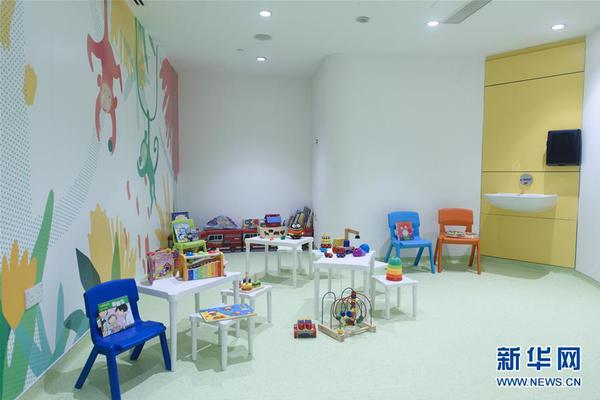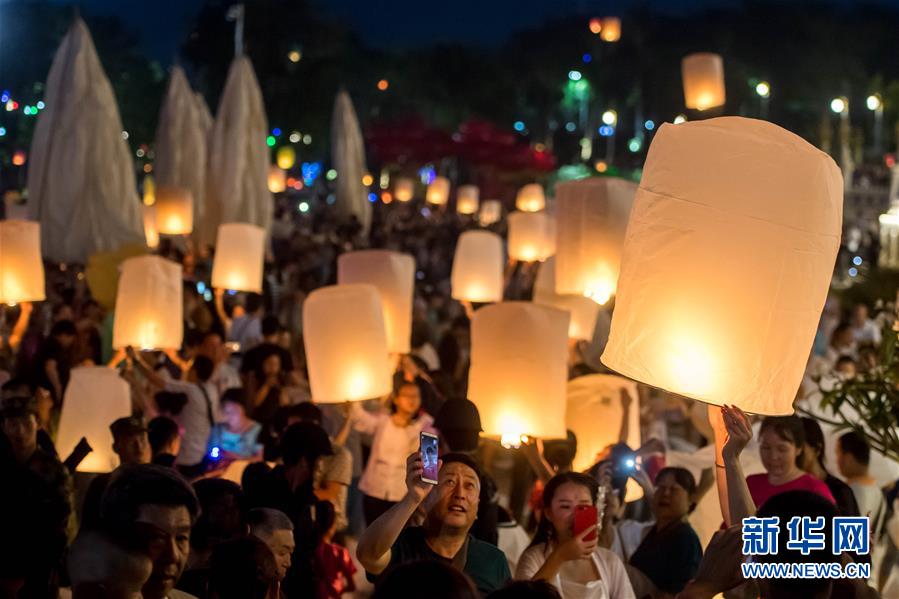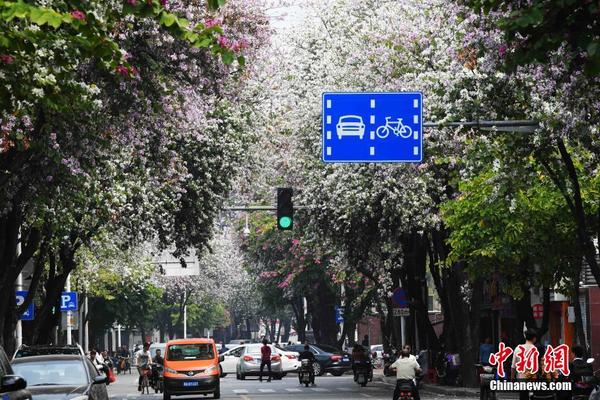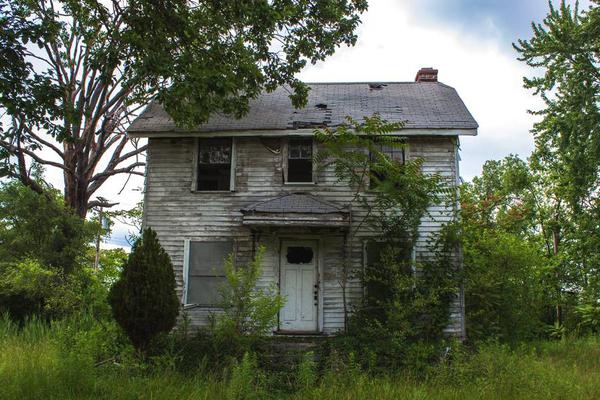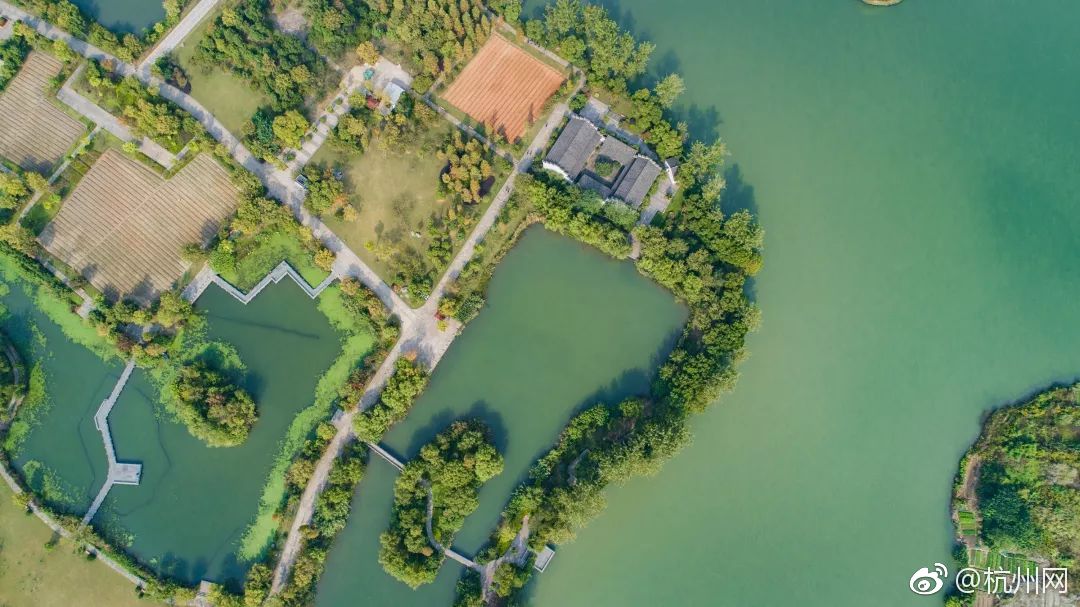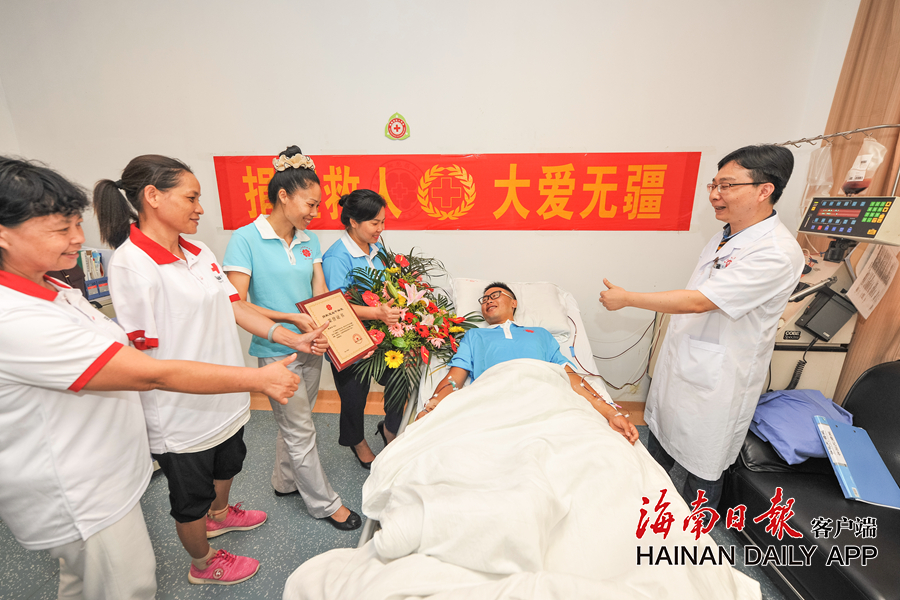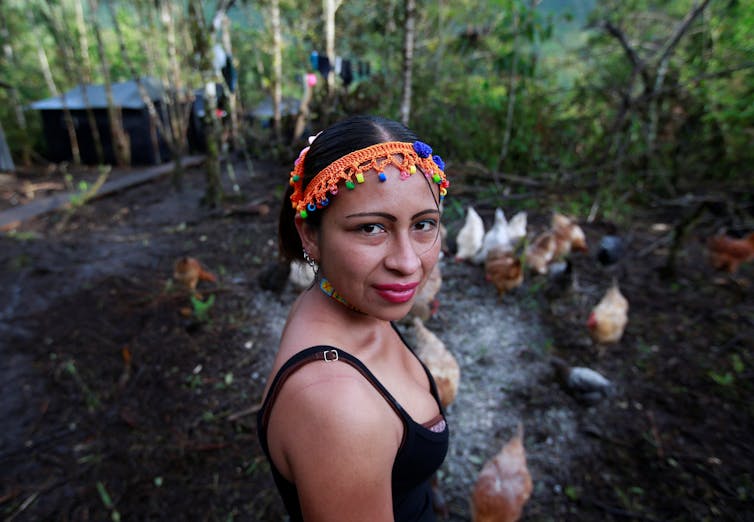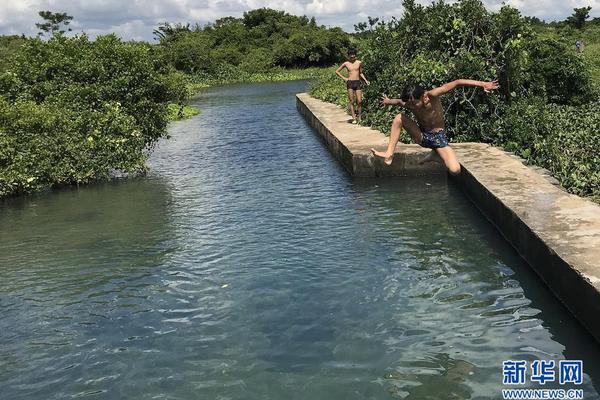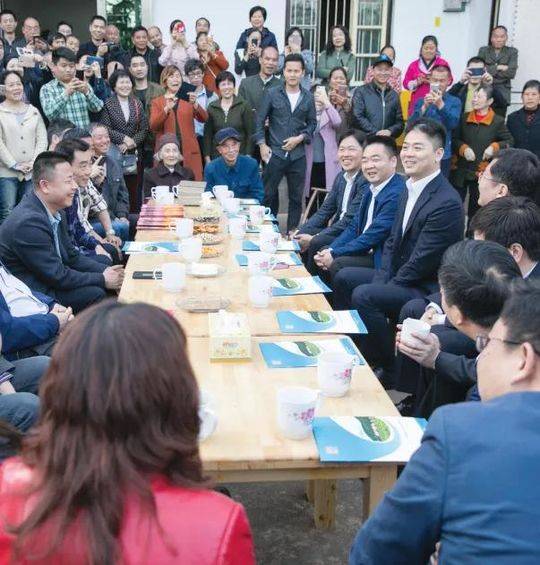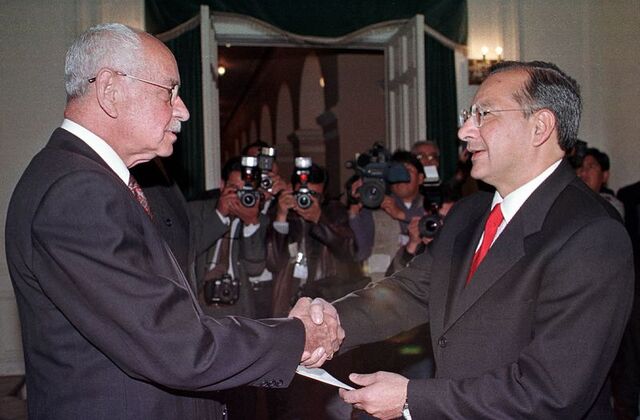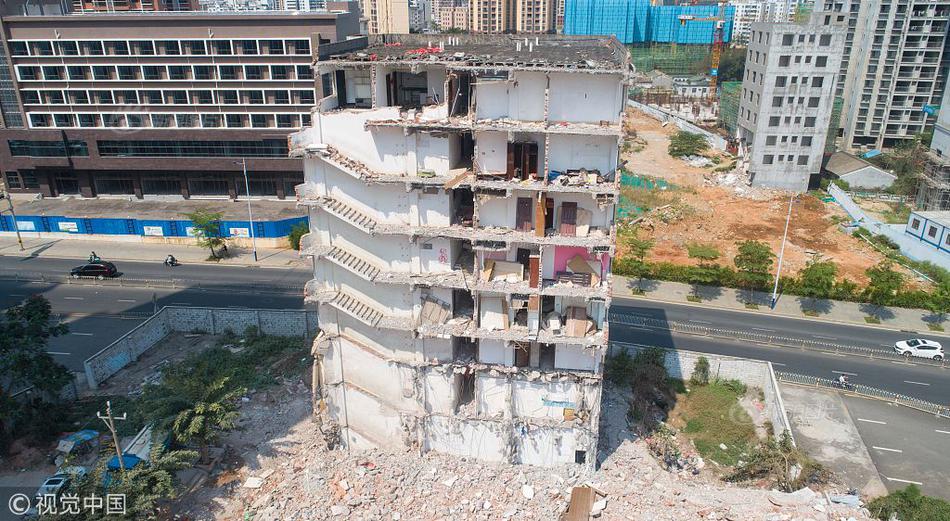New technology can reveal what's hidden behind objects
By subscribing,巴西pg游戏排名多少 you agree to our Terms of Use and Policies You may unsubscribe at any time.
John Murray-Bruce, a computer science and engineering professor at the University of South Florida (USF), has developed a technology that can reconstruct hidden scenes in 3D using a single photo. The technology has the potential to reveal what’s behind walls, doors, or cars.
Algorithm uses shadows to generate 3D models
Murray-Bruce and his Ph.D. student, Robinson Czajkowski, have created an algorithm that can use the faint shadows cast by objects on nearby surfaces to generate highly accurate and colorful 3D models of the occluded areas. This technology could have many applications, from preventing car accidents to aiding law enforcement and military operations.
Featured Video RelatedWhen light hits an object, it creates a shadow on the surface behind it. Murray-Bruce and Czajkowski’s algorithm analyzes these shadows to create a 3D model of the hidden scene. The technology can reconstruct a hidden scene in just minutes using advanced mathematical algorithms.
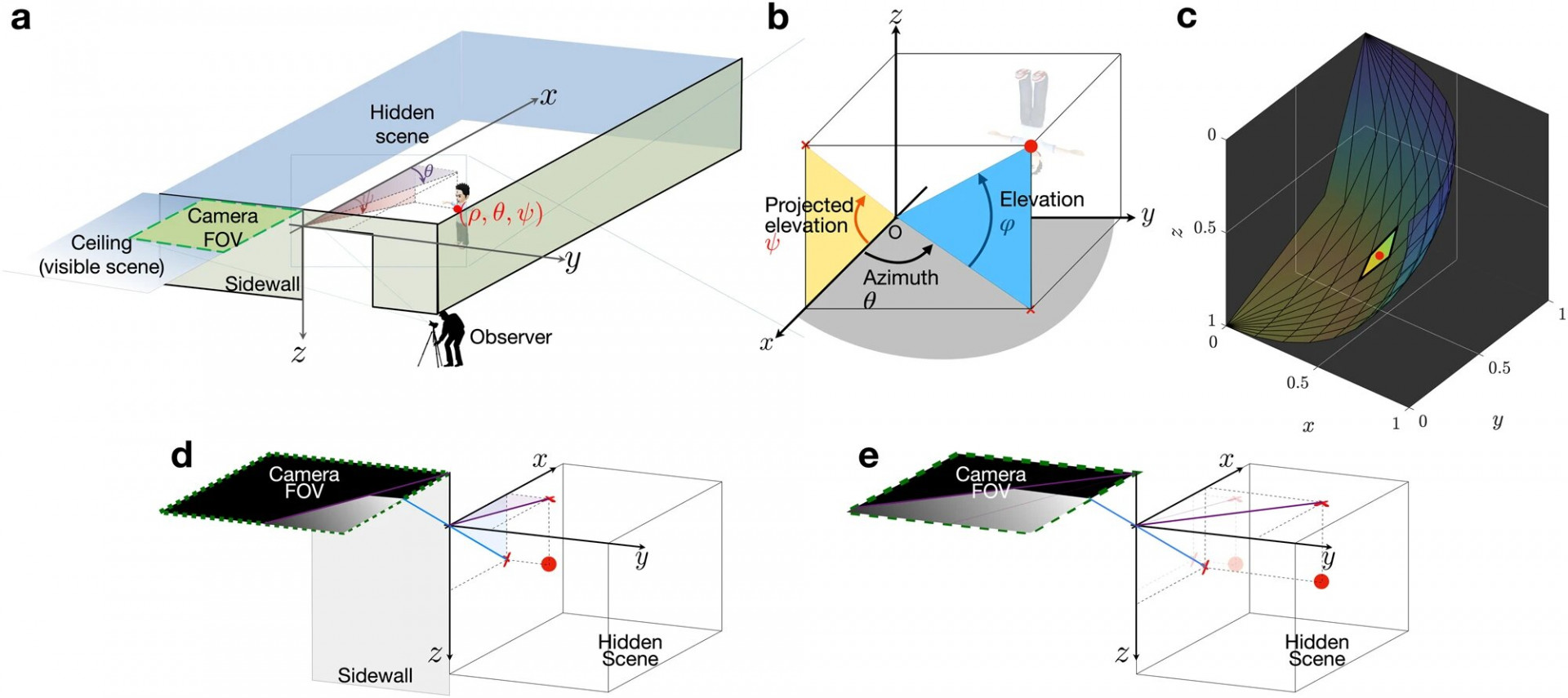
Nature Communications
“We’re turning ordinary surfaces into mirrors to reveal regions, objects, and rooms that are outside our line of vision,” Murray-Bruce said. “We live in a 3D world, so obtaining a more complete 3D picture of a scenario can be critical in several situations and applications.”
Their research, published in Nature Communications, is the first to achieve such a feat using an ordinary digital camera. Previous attempts to image hidden scenes required expensive and specialized equipment or produced low-quality 2D reconstructions.
“Our work achieves a similar result using far less,” Czajkowski said. “You don’t need to spend a million dollars on equipment for this anymore.”

Nature Communications
The potential applications of this technology are vast. For instance, it could significantly improve the safety of autonomous vehicles by allowing them to “see” around corners and anticipate potential obstacles before they become visible. It could also be used in search and rescue missions to locate victims trapped in buildings or other structures.
Potential use case scenarios
Law enforcement agencies could use the technology to gather critical information about a crime scene without disturbing the evidence. This could be especially useful in cases where the scene is dangerous or difficult to access. For example, the technology could be used to reconstruct the scene of a shooting or a hostage situation from a safe distance.
The technology could also have applications in the entertainment industry. For instance, it could create immersive gaming experiences that allow players to explore virtual environments in 3D. It could also be used in the film industry to create more realistic special effects.
Despite its potential, the technology must still be ready for commercial use. Czajkowski and Murray-Bruce estimate it will take 10 to 20 years for car manufacturers and law enforcement agencies to adopt it. In the meantime, they plan to continue their research to improve the speed and accuracy of the algorithm and explore its potential applications in the future, such as self-driving cars.
“In just over a decade since the idea of seeing around corners emerged, there has been remarkable progress, and there is accelerating interest and research activity in the area,” Murray-Bruce said. “This increased activity, along with access to better, more sensitive cameras and faster computing power, form the basis for my optimism on how soon this technology will become practical for a wide range of scenarios.”
The algorithm is currently available for other researchers to test and reproduce in their own space. Murray-Bruce and Czajkowski hope that by sharing their work, they can inspire others to build upon their research and significantly contribute to this field.
Murray-Bruce and Czajkowski’s algorithm has the potential to revolutionize the way we see the world around us. From improving the safety of autonomous vehicles to aiding law enforcement and military operations, the applications of this technology are vast. While it may take some time before it is commercially available, there is no doubt that this breakthrough will significantly impact a wide range of industries in the years to come.
Study abstract:
We introduce an approach for three-dimensional full-colour non-line-of-sight imaging with an ordinary camera that relies on a complementary combination of a new measurement acquisition strategy, scene representation model, and tailored reconstruction method. From an ordinary photograph of a matte line-of-sight surface illuminated by the hidden scene, our approach reconstructs a three-dimensional image of the scene hidden behind an occluding structure by exploiting two orthogonal edges of the structure for transverse resolution along azimuth and elevation angles and an information orthogonal scene representation for accurate range resolution. Prior demonstrations beyond two-dimensional reconstructions used expensive, specialized optical systems to gather information about the hidden scene. Here, we achieve accurate three-dimensional imaging using inexpensive, and ubiquitous hardware, without requiring a calibration image. Thus, our system may find use in indoor situations like reconnaissance and search-and-rescue.
(责任编辑:娱乐)

